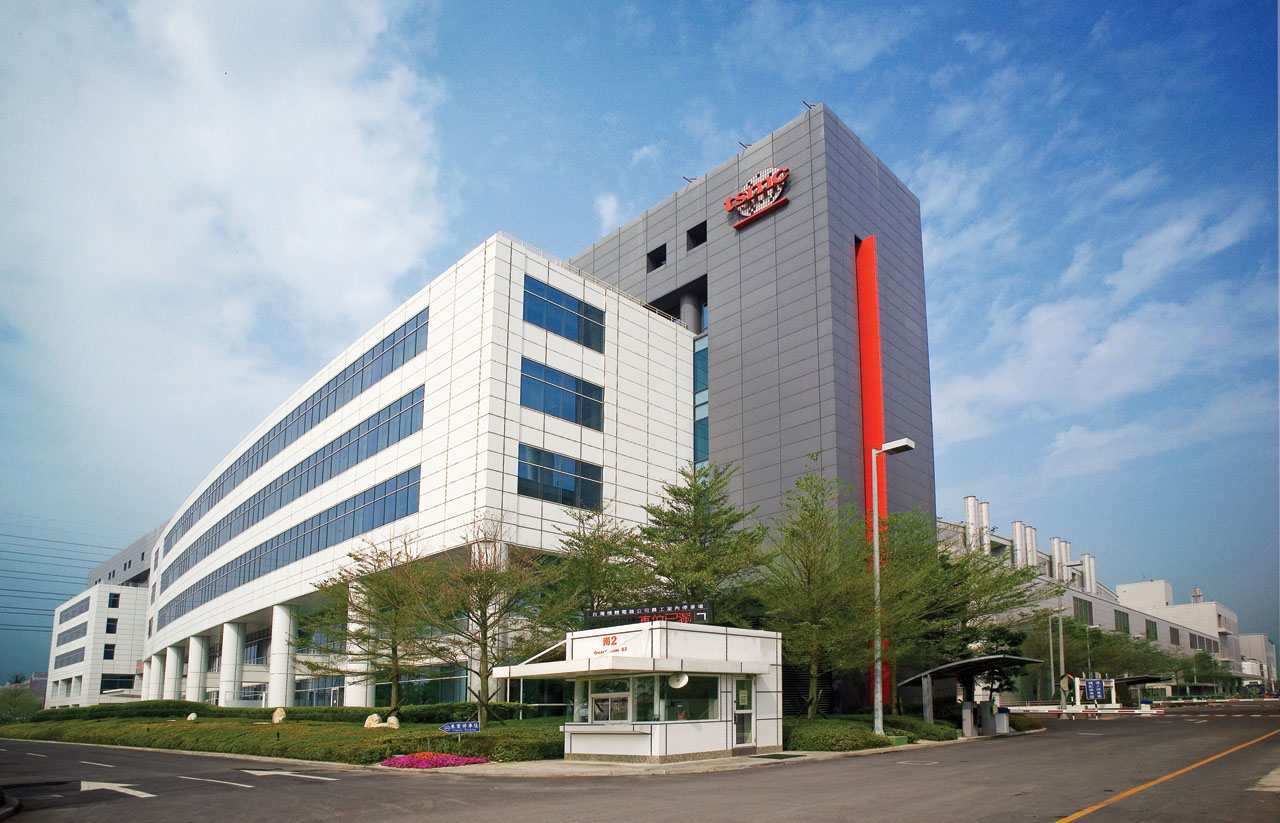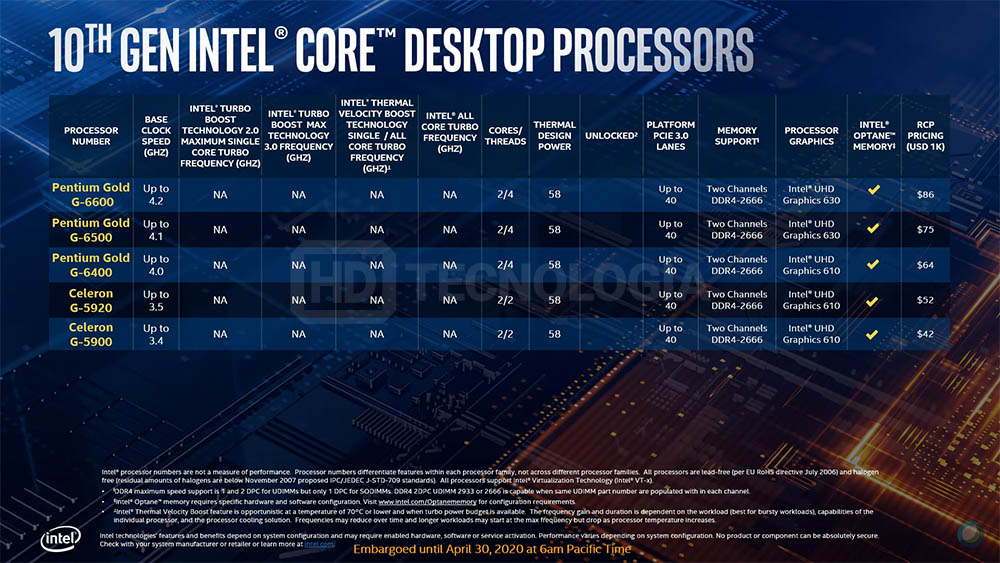Welcome to our daily column, where we recap the biggest (and not only) IT and tech stories that happened in the last 24 hours that we feel you should know about.
It could be interest you

AMD has confirmed the arrival of ZEN 3 processors and RDNA 2 graphics cards at the end of this year
This year is going to be a big one for hardware enthusiasts rich. In addition to the mobile processors presented by both AMD and Intel in recent weeks, this year we will also see news in the field of common desktop component. We'll talk about Intel in a moment, but AMD is also planning big things. Today it was confirmed that until the end of the year we'll see new generation processors based on architecture ZEN 3, as well as their new products will be presented this year graphic division, which has been preparing the long-awaited GPU-based architecture for months rDNA 2. If AMD maintains the momentum it has had in recent years in the field of processors, we have a lot to look forward to. On the contrary, the company's graphics division can only surprise, because the market for AMD graphics cards is too much of a bed of roses it does not. While in the case of processors, AMD is giving Intel a hard time and the "blue" camp has to try, nVidia is doing its own thing and too much of a threat from AMD doesn't feel. Maybe this autumn there will be a shift and this status-quo will change after a long time will disturb...
$ AMD on track to launch next-gen “Zen-3” CPUs and RDNA 2 GPUs in late 2020. pic.twitter.com/hhHyN86CI3
— AMD News (@AMDNews) April 28, 2020
The specifications of new processors from Intel have leaked to the web
… because processor news from AMD will directly collide with news from Intel. During yesterday, information about the upcoming appeared on the website 10th generation processors from Intel. The leak was apparently based on the truth, as a few hours after its publication Intel confirmed a lot of information regarding the final specifications of the new processors and their cen. Processors from the family Comet Lake-S the company will officially present already the day after tomorrow, everything important (except real tests) is already known. The new generation of processors (which will almost certainly appear in some desktop Macs) will offer higher maximal frequency compared to the previous generation, redesigned Intel Extreme Tuning Utility, improved heat spreader (IHS) and improved HyperThreading, which will appear even in the cheapest i3 chips. You can view the complete range of processors from the 10th Core generation in the gallery below. For example, there will be no changes in the field of integrated graphics. In terms of price, Intel probably won't compete too much with AMD either, but it remains to be seen what the prices will be in practice.
TSMC has begun development of a 2nm manufacturing process
Taiwanese giant TSMC, which deals with manufacturing of microprocessors (and Apple, for example, is one of the biggest customers), announced yesterday that the development has started completely new production process, which the company refers to as 2nm. The most advanced manufacturing process that TSMC offers to its clients is 7nm. For example, new graphics cards and processors from AMD will be based on this process, or SoCs for the next generation of consoles will be made on it. Still this year however, mass production of chips based on the 5nm manufacturing process should begin and 2nm process is the next logical step forward. It can be expected that the deployment of this production process will be relatively complicated whereas as the size decreases, the complexity and complexity of both the production as such and the chip design itself increases. Unlike Intel, however, TSMC's manufacturing processes are progressing gradually shrink, although the designation "7nm", "5nm" or "2nm" is more of a marketing one tricks, than a reflection of reality. Even so, it will be very interesting to see how far it will be possible to advance current technologies in connection with physical ones limits silicon.



